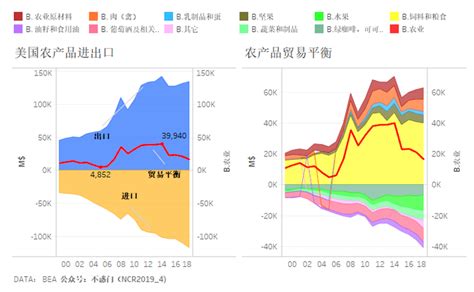大数据在农业领域应用案例
Title: Overview of Big Data in Agriculture
In modern agriculture, the integration of big data technologies has revolutionized the industry, offering farmers and stakeholders valuable insights for decisionmaking, optimizing resource allocation, and enhancing productivity. Below is an overview of key aspects of big data in agriculture presented in tabular form:
| Aspect | Description |
|||
|
Data Sources
| || Sensor Data | Captured from IoT devices, drones, and satellite imagery for monitoring soil moisture, crop health, and weather. |
| Farm Machinery Data | Generated by precision agriculture equipment like GPSguided tractors and harvesters, providing fieldlevel data. |
| Historical Data | Aggregated from past crop yields, weather patterns, soil compositions, and market trends for predictive analytics. |
|
Applications
| || Precision Farming | Utilizes datadriven insights to optimize planting, irrigation, fertilization, and harvesting schedules for efficiency. |
| Crop Monitoring | Monitors crop health, growth, and potential threats using realtime data to detect diseases, pests, and nutrient needs.|
| Supply Chain Management | Tracks the movement of agricultural products from farm to market, improving logistics, quality control, and traceability.|
| Predictive Analytics | Forecasts crop yields, market demands, and optimal planting conditions based on historical and realtime data analysis. |
|
Challenges
| |
| Data Integration | Consolidating heterogeneous data from various sources into a unified platform for analysis presents technical hurdles. |
| Privacy and Security | Safeguarding sensitive farm data from unauthorized access, breaches, and cyber threats is a growing concern. |
| Connectivity Issues | Ensuring reliable internet connectivity in rural areas where farms are located can be a barrier to realtime data access.|
| Data Quality | Ensuring the accuracy, completeness, and consistency of agricultural data is crucial for reliable decisionmaking. |
|
Benefits
| || Increased Efficiency | Optimizes resource utilization, reduces waste, and enhances productivity through datadriven insights and automation. |
| Sustainability | Facilitates sustainable farming practices by minimizing environmental impact, conserving resources, and reducing emissions.|
| Improved Yield | Enhances crop yield and quality by enabling proactive management of factors affecting growth, such as water and nutrients.|
| Market Competitiveness | Empowers farmers with market insights, enabling better pricing strategies, risk management, and competitiveness. |
This table provides a concise overview of how big data is transforming agriculture, from data sources and applications to the challenges and benefits associated with its implementation.
标签: 举例说明农业大数据有哪些类型? 农业大数据的特征是 有关大数据农业的表格形式有哪些 农业大数据的类型
相关文章
